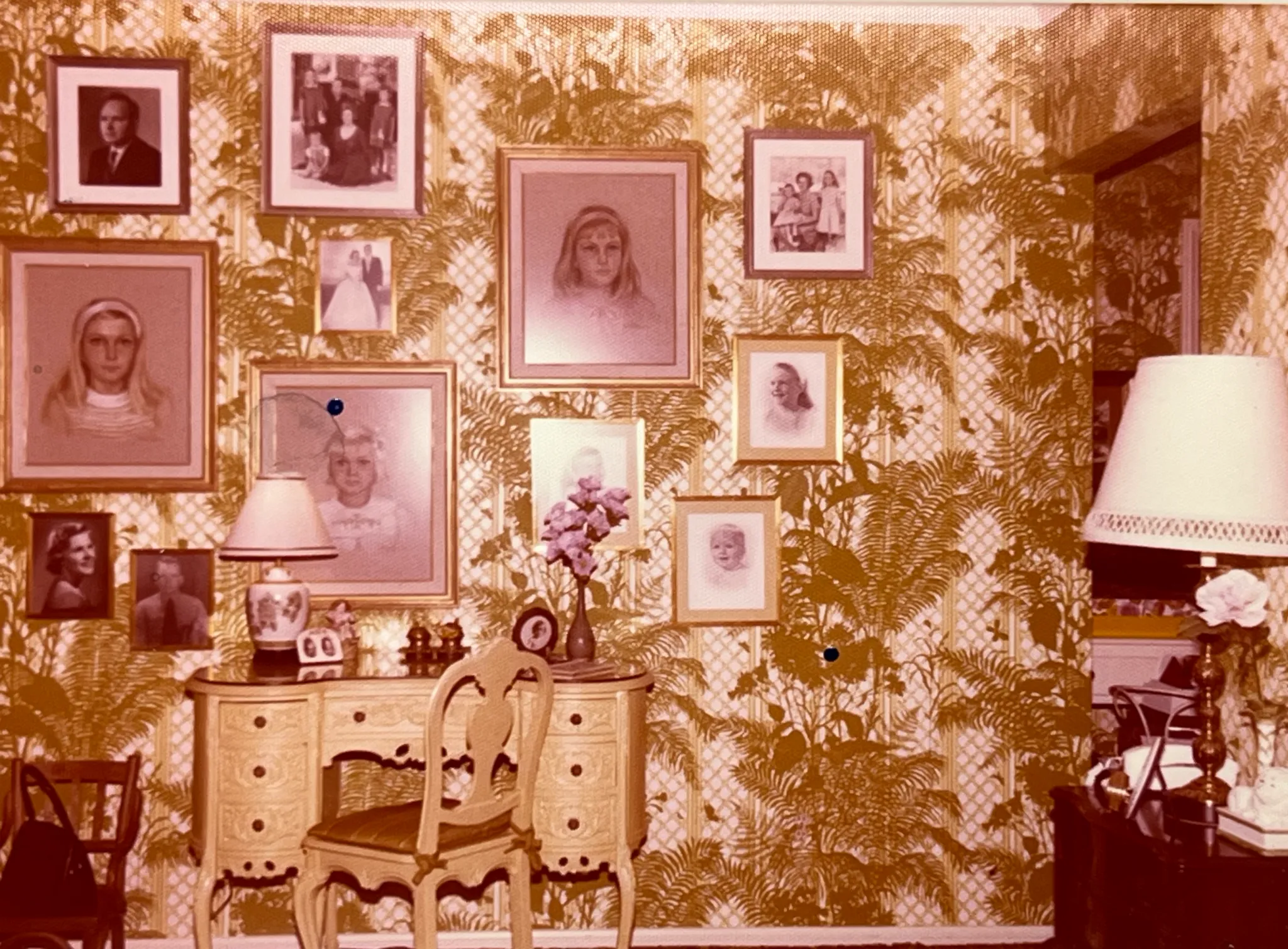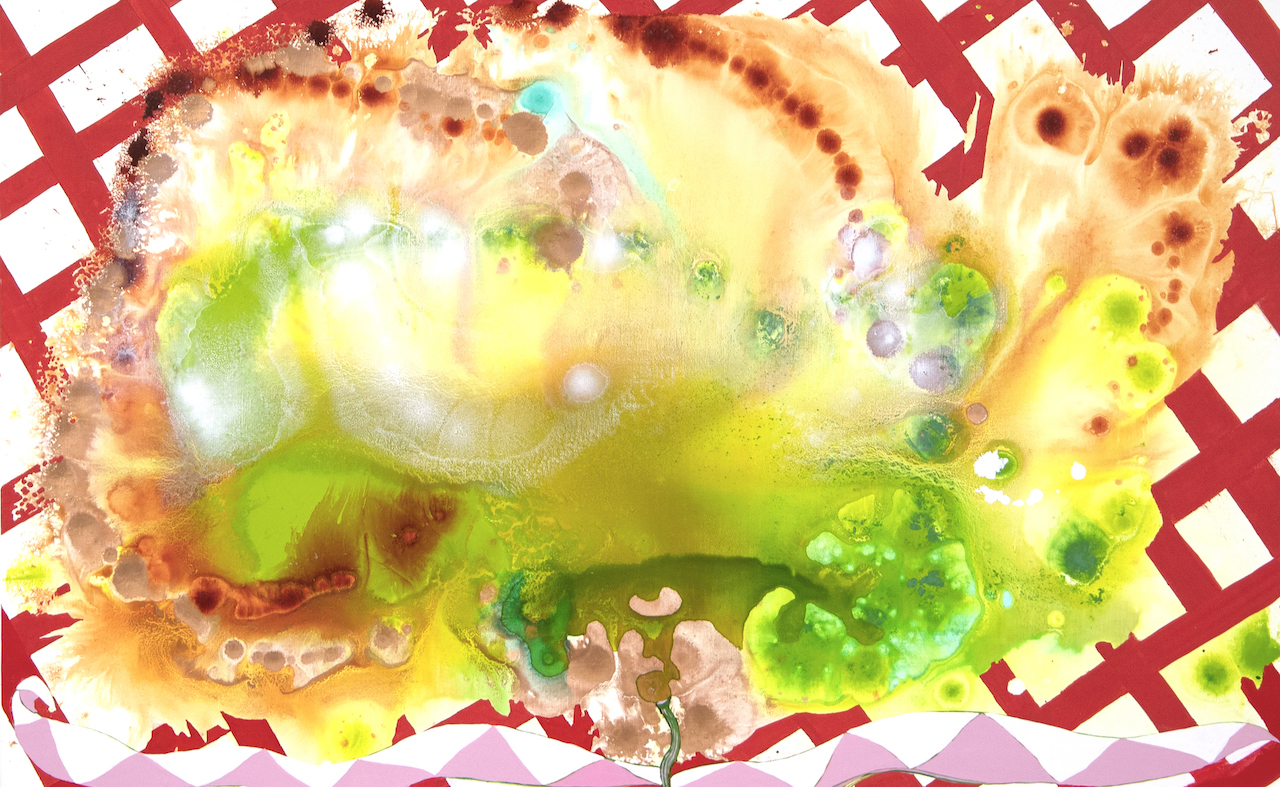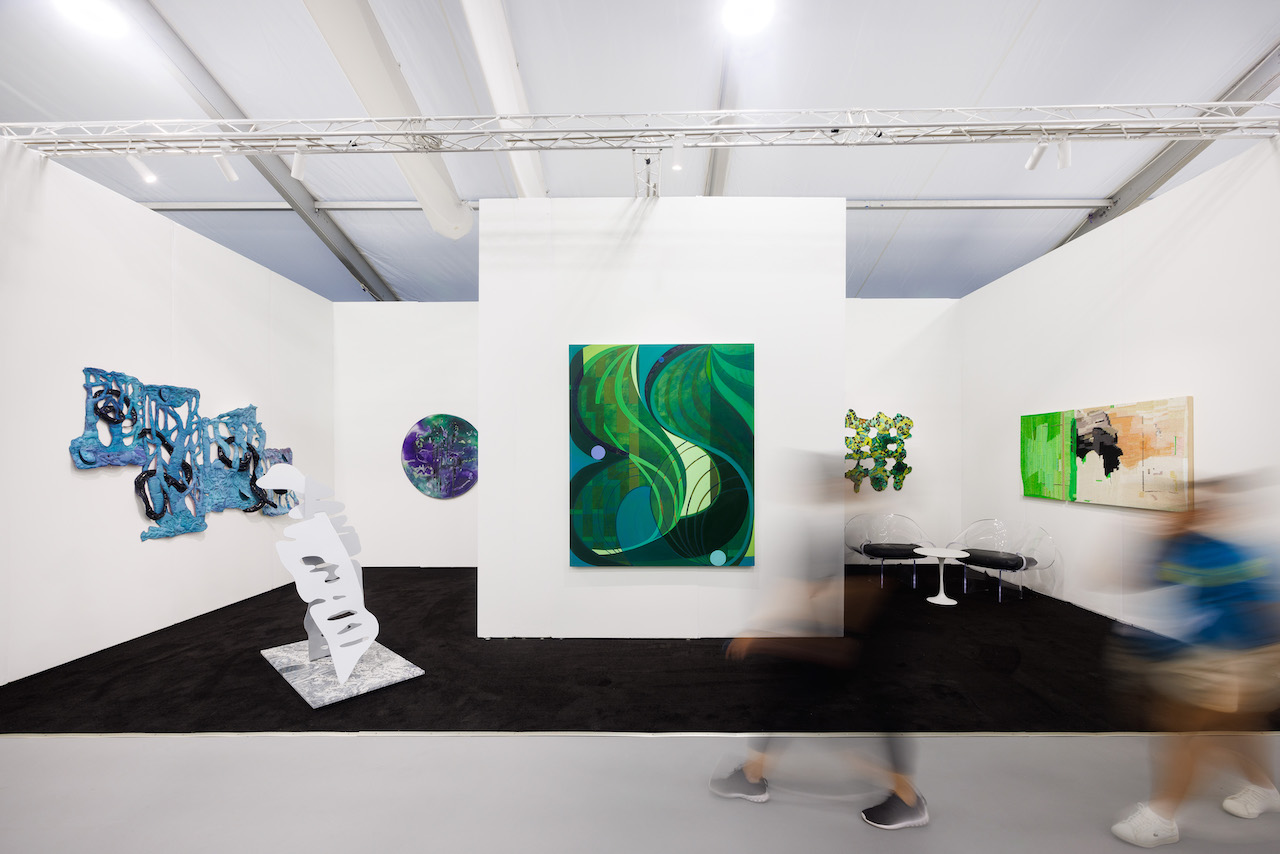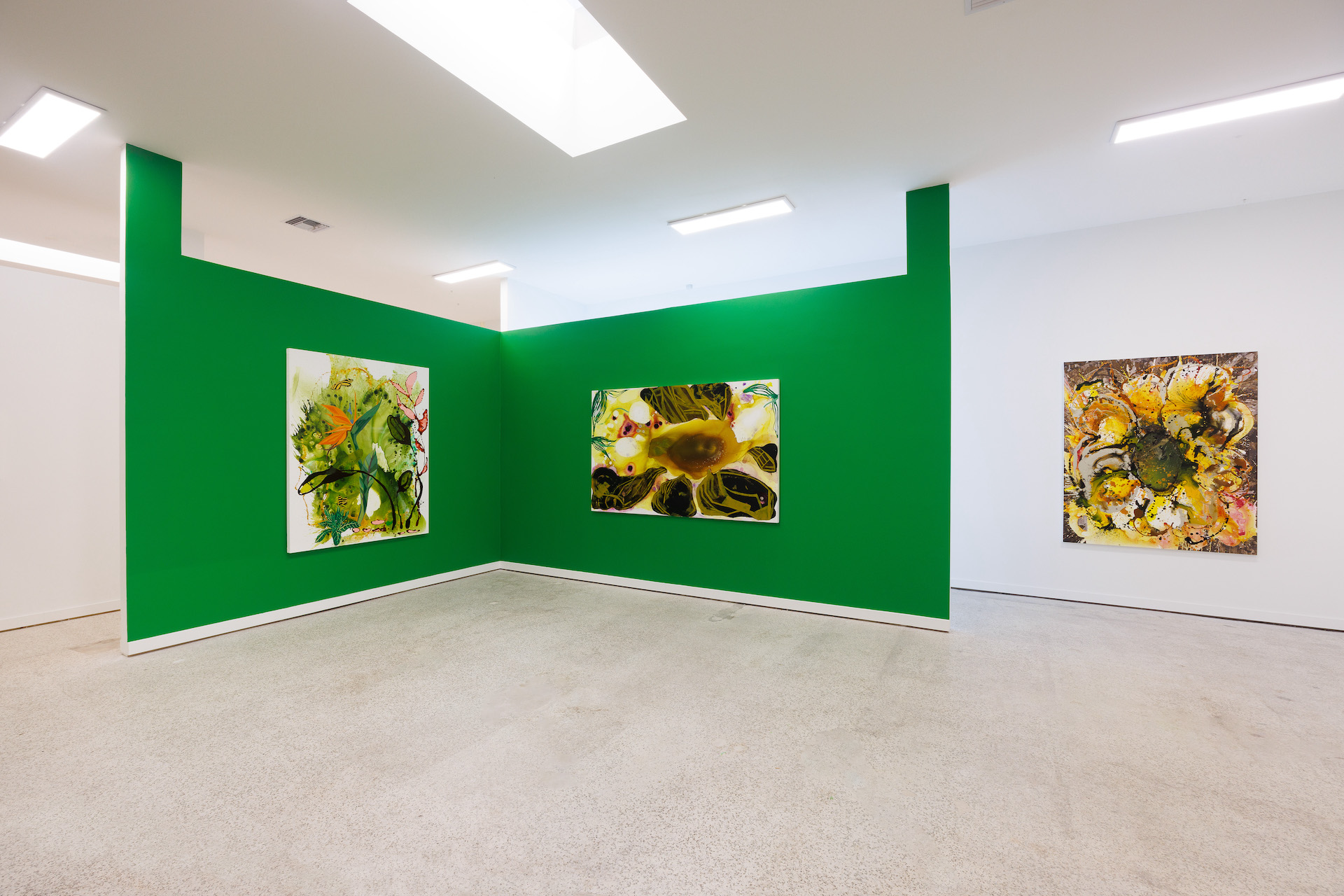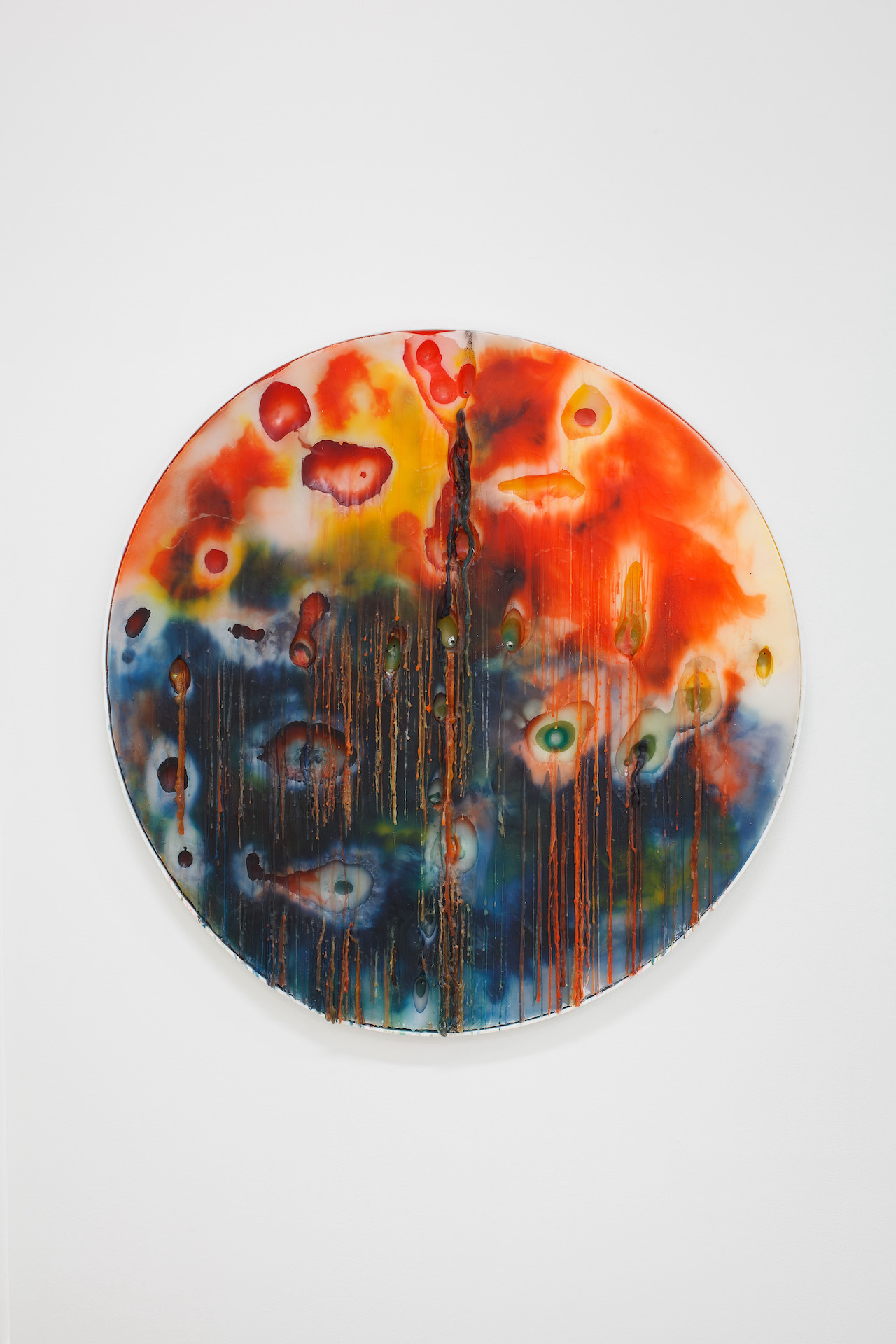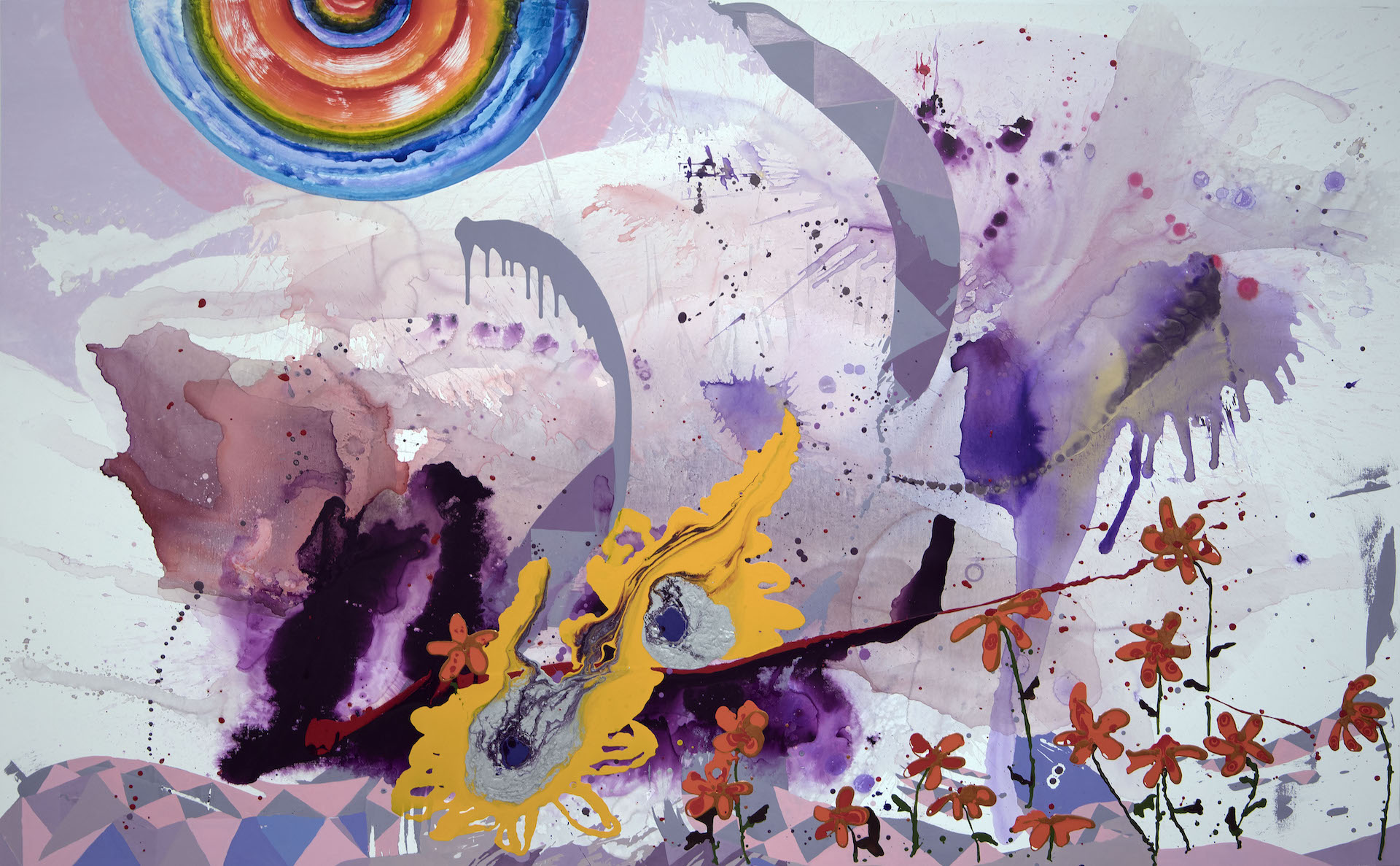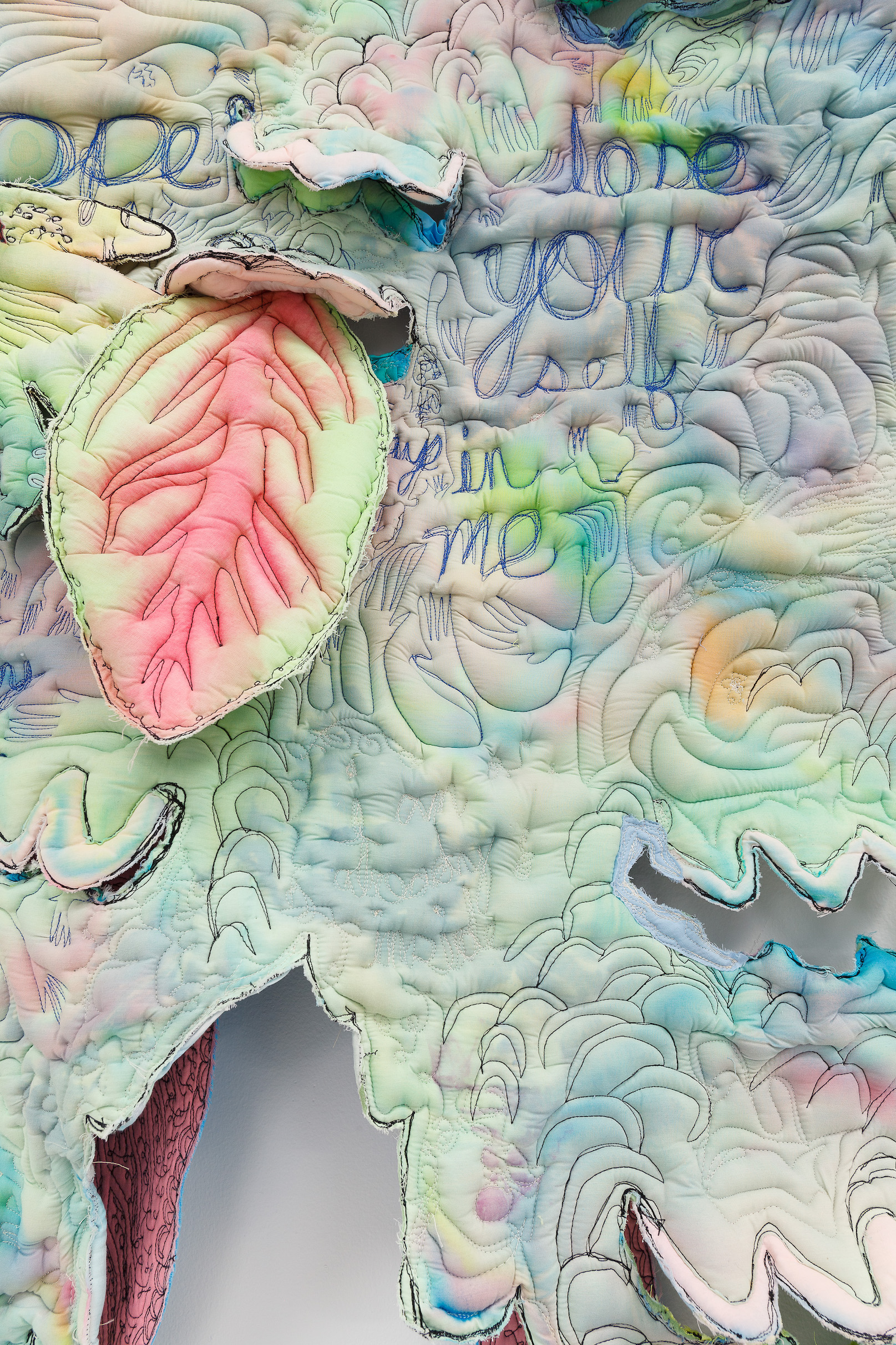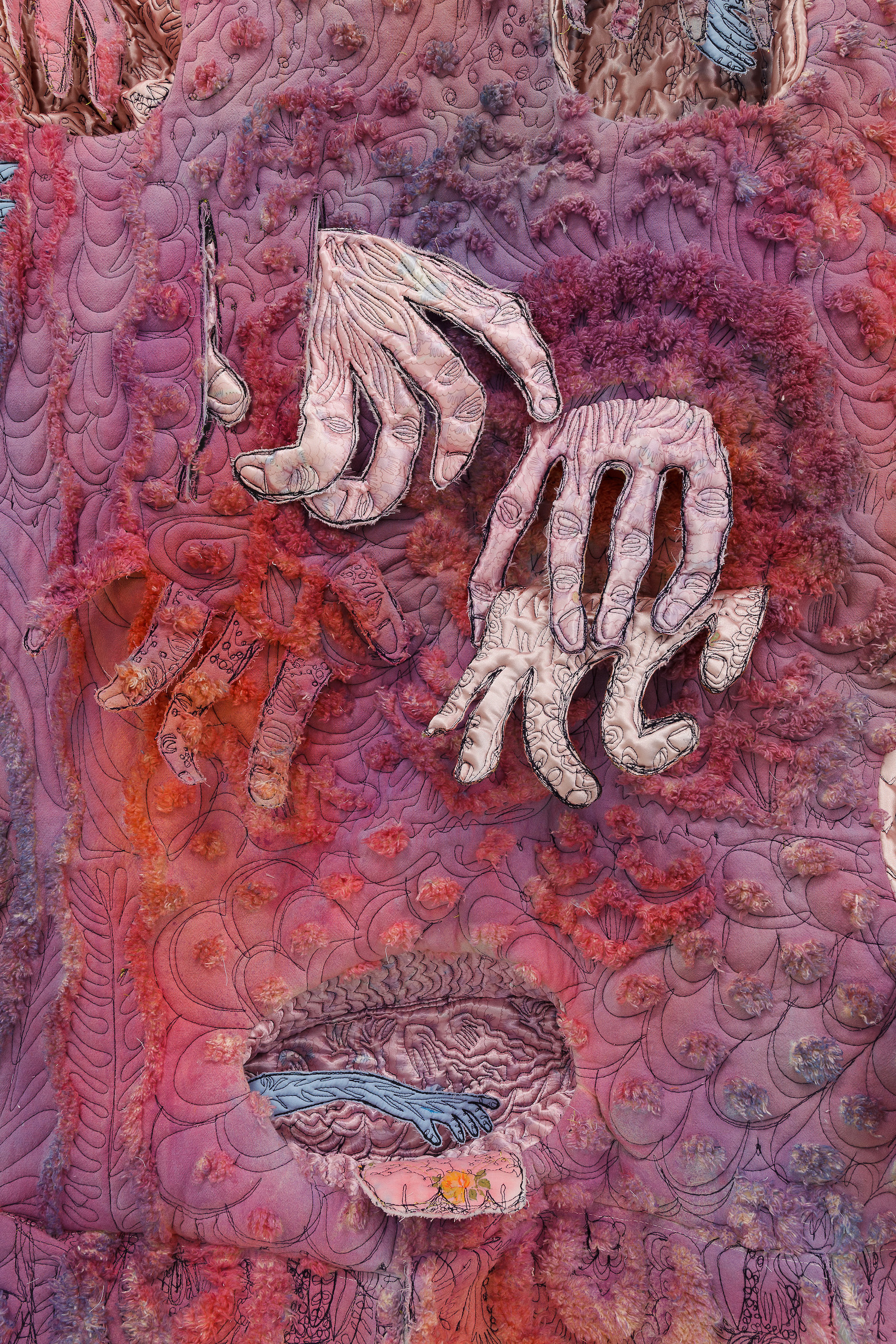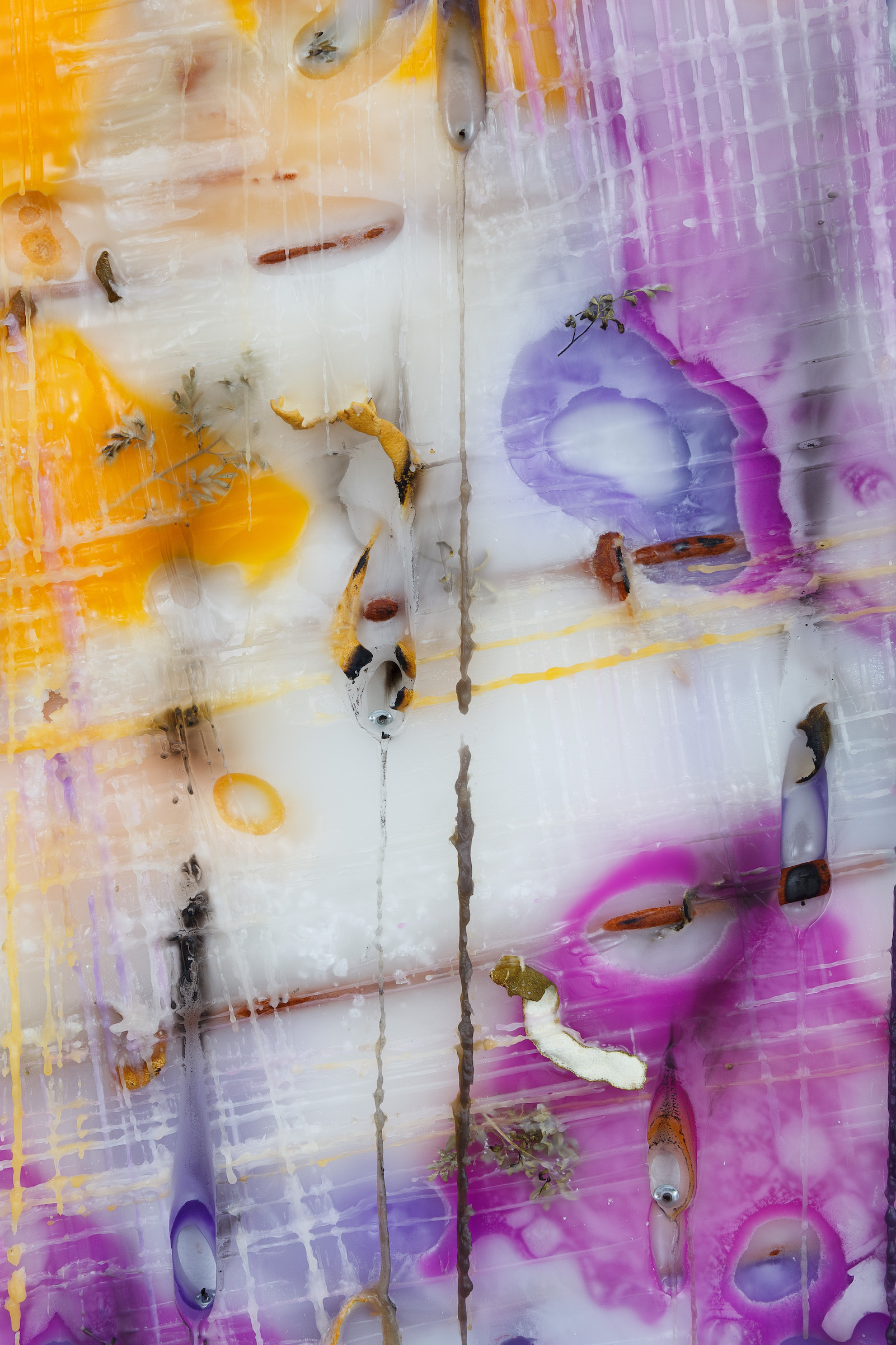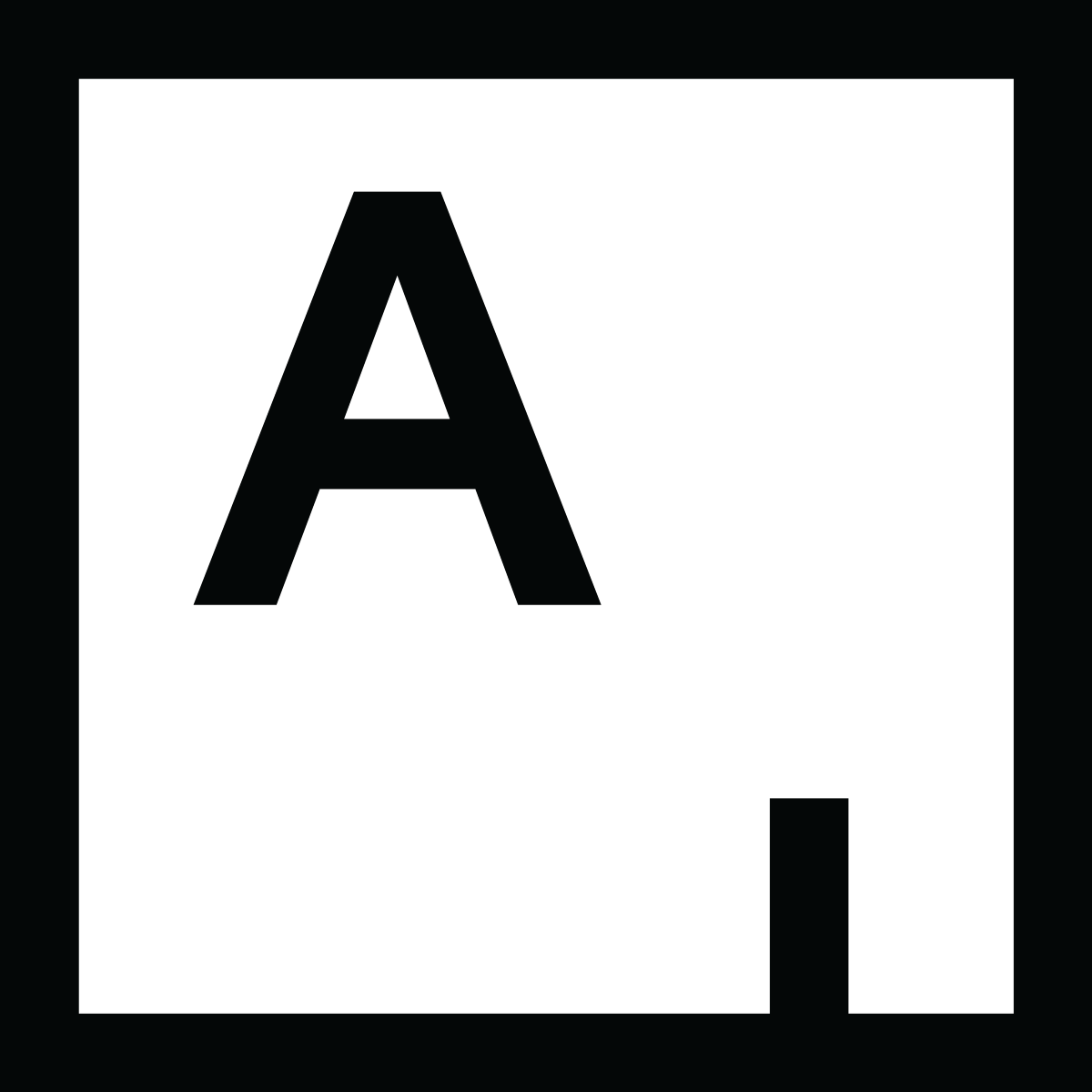Fair
UNTITLED Art Fair 2023
Beverly Acha, Jen Clay, Elisabeth Condon, Jessica Gispert and Moira Holohan
December 6th - December 10th, 2023
OCEAN DRIVE AND 12TH STREET, MIAMI BEACH, FLORIDA
UNTITLED ART FAIR MIAMI BEACH
Beverly Acha | Jen Clay | Elisabeth Condon | Jessica Gispert | Moira Holohan
BOOTH A23
UNTITLED ART FAIR is just around the corner and Emerson Dorsch is incredibly thrilled to announce their participation for the third consecutive year. This year, #POTENT Emerson Dorsch’s booth exhibition, features five participating artists: Beverly Acha, Jen Clay, Elisabeth Condon, Jessica Gispert and Moira Holohan. We are very excited to present their works at our Booth A23.
Symbols have another layer of power and function in the 21st century. A symbol like the number sign has become a hashtag. The pound sign’s introduction to technology began in 1886, as a key on the Remington typewriter. It was introduced as a button on telephones in 1968 and gained functionality with the advent of voicemail in the early 80s. The symbol grew in usage in blogs to denote group and/or topic names, a function picked up by Twitter, leading to the now widespread concept of the “Hashtag.”
It’s no mistake that Elisabeth Condon’s Lattice 1 appears to have grown out of the number sign, like an organism that keeps spreading out rhizomatically, repeating its patterns. Though Condon’s read on the array is related to her own origin story, its resonance with contemporary symbols is part of the motif’s power over her – and us. A veteran blogger and now podcaster in her own right, Condon’s aesthetic origin story begins with dissonance and a desire to break free, which she did, in her mid-teens, when she became a band-aid (another symbol with a pun), attending glam-rock concerts at the dance clubs of mid-1970s Los Angeles. She painted her way into her memories of those altered states in 2012, in a series called Seven Seas, after Queen’s song “Seven Seas of Rhye.” Peaking into negative spaces amidst the heady cloud-like haze were copies of the green lattice wallpaper from her childhood home. Then, the pastiche brought forward the simultaneous memories of feeling trapped at home (the wallpaper) and seeking escape (the music, dancing and drugs). As Condon revisited the motif with increasing obsession, its manifold implications revealed themselves in her paintings, from cage-like enclosure to a window of sorts. In the latest paintings the grid acts alternately as ground or as a living, writhing mesh.
These days, Condon is calling the lattice a veil, a shift in language that suggests a new layer of thinking. A veil is a filter, which, once recognized, can recede, allowing the eye to focus on the space behind it. But it is still there. In Lattice 1, the lattice is the form of the piece, while Tar Gel, a “thick, resinous, fluid acrylic medium” is the substance. Condon began developing this unique technique while in residence at Golden Paint last year. The action of it extends Condon’s signature mark of poured paint, connecting her association with Action painters of the American mid- twentieth century to Lynda Benglis, an artist with her own feminist critiques of the male artist of hers and preceding generations.
The rise of video art coincided with the strengthening feminist movement of the 1970s, and so, to the extent that a great deal of early video art documented performance, especially so-called Body Art, women artists were very much part of that tide, often implicitly critiquing and superseding their male predecessors and contemporaries. Moira Holohan has engaged in video art for decades, and it is from this root that the Chroma Green of Green Screen became a key motif in her multimedia practice, as both a symbol and device.
Holohan’s method is to create a video and then intervene in every frame, creating processed flip-books and animations which she can translate again into paintings and weavings. Collaging with Chroma Green, or leaving the Chroma Green visible, is part of the process. For the video called Headbanger (2023), she filmed herself in the act of head banging. The effect of the hair in motion, especially post-production, is that it becomes an arcing black stain across the screen. She likens this stain to both a ghostly trace and Helen Frankenthaler’s stain, and from this observation that she translated a still from the video into a singular still called Head Bang (2023) into a weaving. Her hair’s arc in the video recalls Loving Care (1993) a performance and video in which Janine Antoni, mopped the gallery’s floor with her ponytail, having dipped it in paint. The loose figure-eight motion Antoni employed, one taken from a mopping technique, became an indelible mark, one whose power, in repetition and marking (rather than cleaning) was claimed.
Though both of Holohan’s works claim a lineage in great women artists of the twentieth century, Holohan does this with characteristic humor, as when she identifies her processed still – a painting of a video still which she rendered as a weaving – as a singular head bang, an absurd mind-picture. In extracting a single frame from the counter cultural gesture, her dispruction makes it easier to riff on the term – from the alternately performative and collective act associated with rock and punk concerts to one of utter frustration (at least once a day I do feel like I am banging my head against the wall).
If the legacy of technology is woven into the history of this century’s canons- chapters can be spent on body art, video, performance and the importance of women artists within this scene – so too has it made its mark on communications and, with it, artistic discourse. Blogging had a major impact on the emergence of a new kind of woman’s narrative, just as it played a role in launching a whole generation of writers. The first blog on the record began in 1993, and since then the internet has played an indelible role in how artists tell their stories. As I mentioned before, Condon has faithfully recorded her gallery and museum visits for decades, on a blog called Raggedy Anne’s Foot. She has eagerly met each new media with a way to engage with a broader discourse, especially having to do with theory and painting. She, along with legions of contemporary artists, participate in Instagram, Clubhouse and countless other forums, all in the interest of furthering discourse and promoting their art. Instagram, indeed, is a user- friendly descendent of the blog, one tailor-made for visual artists and the apparatus that supports them. It’s appropriate then, that the most cogent explanation of Beverly Acha’s painting comes from her own Instagram post:
“I started this painting in 2020 thinking about how an hourglass measures times in units as opposed to a clock which can (potentially)mark time indefinitely. It was also started in the early months of COVID when my perception of time and reality felt altered and unstable. This painting was the first I made using the hourglass shape, and in later paintings it became a meditative form, allowed me to paint a doubled landscape and became less device-like. I was most interested in how you have to turn an hourglass over to use it again and that the back and forth movement of the sand is what measures time. The hourglass, or in Spanish reloj de arena (sand clock), also looks like a desert landscape, which I’ve always loved (and also recalls now vague (once vivid) memories from my childhood of Disney’s Aladdin). Borges’ writing describing imagined/fictional worlds where infinity is the cultural tenet of time and space has influenced my thinking and work for years. Painting the hourglass, which is in a way a 3D infinity symbol, feels like a conduit to his worlds.”
Acha’s meditation on time relates to Holohan’s Chroma Green, how the keying technology can collapse time and space, akin to a painter’s pastiche, but with photographic, digital and moving images. The arc of the hourglass’s form, of course, relates to the slinging hair, and the repetitive motion Acha invokes, of turning the glass over and over, to keep the timer going, speaks to other motions (pours), pattern and repetition.
What strikes me too is that double vision effect, the phenomena where one hallucinates multiples, when in fact the vision is just air, it’s impossible to pin down. I have had double vision since childhood. The experience teaches you about the reality of illusions. Or, the truth is that vision can trick you, if you let it. Jen Clay centers her experience with hallucinations as child as a major impetus for her art practice.
In an essay which accompanied her exhibition This World Doesn’t Belong to You, I wrote: “[Clay’s] rich multimedia practice manifests monsters and their worlds. On the surface, her non-human figures are soft, charming and sweet. With hands and feet evoking talons or pincers, appendages drape over the creature’s bulk, and a viewer can peer beneath, where seed sacs lie. Often in these crevices phrases hide in curving lines of stitched script. Clay first made versions of these anamorphous forms to illustrate the hallucinations which populated her childhood. Art and behavioral analysis were both fields of study which gave her the ability to understand and communicate those experiences. Her research scope widened to encompass many instances of anxieties, fears and phobias experienced in society and culture at large. In a world where we find comfort in explanations, she says that she is ‘most interested in areas where there is no category.’”
Clay’s piece for Emerson Dorsch’s UNTITLED booth depicts a black snake winding its way through trees. She has constructed them with her signature quilting technique, though here the monster is not fantastical. A seemingly ominous black colored snake is in fact not at all threatening to humans. In fact, black snakes are prized in gardens for their appetites for other snakes and pests. If anything is the stuff of visions, the iridescent purple fabric comprising the trees reminds us that, sometimes, the magic, good and bad, is in how we perceive the world. I do not need to tell you about the symbolism of the snake, especially its association with the Biblical origin story, one that makes the snake and the first woman an agent of sin. Clay rebuts both old and new superstitions and their symbols.
Clay has a lo-fi sensibility in the ways she illustrates her monsters and the ways she animates them – in performances, videos and video games. Her instagram feed is peppered with breezy little animations of monsters who are cutely appealing whilst lulling you, their prey, into their clutches. Clay’s practice is absolutely intertwined with technology, as much as her snake in the purple trees.
Jessica Gispert’s Hyperempathy (2023) comes from her recent exhibition Desvelos, for which she made wax wall hangings into performative, ritual objects. The wax as a material has symbolic associations with religions around the world. Gispert embeds in the wax elements that carry importance to the object of her research, which for this show was parts of the Ceiba Tree, a site of great attention, ritual, and magic, for the Cuban people and specifically in Afro-Caribbean spiritual practices like Santeria.
After she finishes building up the layers of wax, objects and pigments, she bores holes in them. They have a celestial aspect, Gispert says, and the holes can be rips in time and space, or core-samples, depending on your perspective. She has embedded wicks in them, so that the beholder can light the painting, enacting a change from solid to liquid. She writes, “The ritual of lighting the candle in this case would be for protecting and healing the spirit. Symbolically, the melting wax alludes to the passage of time and transubstantiation. ” With works in wax, Gispert emulsifies, processes and enacts the state of being “on the periphery of spirituality, exploring silent parts of your identity.”
Gispert, whose background in photography, sculpture and conceptual art, finds herself surprised by her new work’s proximity to painting. The wax’s role in Gispert’s work as symbolic material, as motif in and of itself, sits easily with Condon’s sustained engagement with the substance of acrylic paint and its inherent (poured) marks. Gispert’s artistic lineage would be more Ana Mendieta than Lynda Benglis, but somehow their legacies are coming together in her practice.
Gispert’s works are acutely related to her training in photography. The effects of emulsion and layers have clearly left an impression, and Hyperempathy’s celestial aspect recalls some of the newest images from space. The holes melted into the surface by the lighting of the wicks oddly echo Holohan’s use of Chroma Green. Both Gispert’s craters and Holohan speak about rips in time and space; Acha’s ability to depict vibrating space in a static painting also speaks of the paradoxical nature of time and space and what we know of the world.
In solidarity with UNTITLED’s focus on Gender Equality in the Arts, Emerson Dorsch Gallery presents this selection of artworks by female-identifying artists. Since 2008, the gallery has represented a nearly equal number of female and male artists. By contrast, according to Artnews: “Only 11 percent of acquisitions and 14.9 percent of exhibitions, at 31 U.S. museums between 2008 and 2020, were of work by female-identifying artists.” There is still work to be done, to amplify women’s artistic practices. These artists are doing their part, invoking the women who came before them, who matter.
ABOUT UNTITLED ART FAIR
Fair Dates:
Wednesday December 6 – Sunday December 10, 2023
VIP & Press Preview: Tuesday, December 5
Untitled Art 2023 will take place during Miami Art Week from Wednesday December 6 through Sunday December 10, with a VIP and Press Preview on Tuesday December 5. The fair coincides with Art Basel Miami Beach, held from Friday December 8 to Sunday December 10.
This edition marks Untitled Art’s most internationally diverse presentation to date, with Exhibitors joining from 38 countries and continuing the fair’s curatorial focus on galleries outside of mainstream art hubs.
Well-received by incoming Exhibitors, the forthcoming edition spotlights gender inclusivity with the curatorial focus Gender Equality in the Arts.
Untitled Art is the leading independent art fair taking place annually on the sands of Miami Beach. Guided by a mission to support the wider art ecosystem, Untitled Art offers an inclusive platform for discovering contemporary art and prioritizes collaboration in each aspect of the fair.

